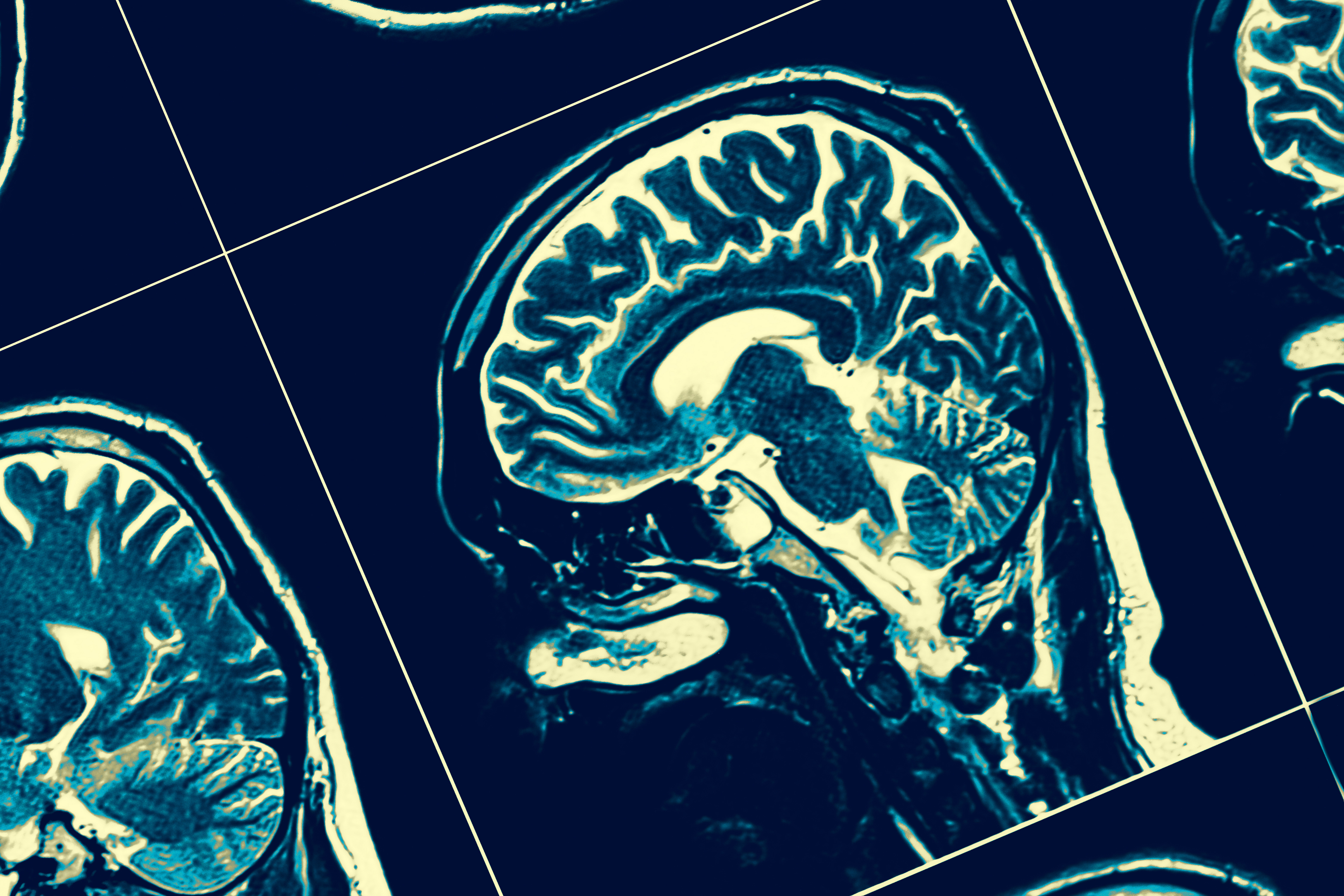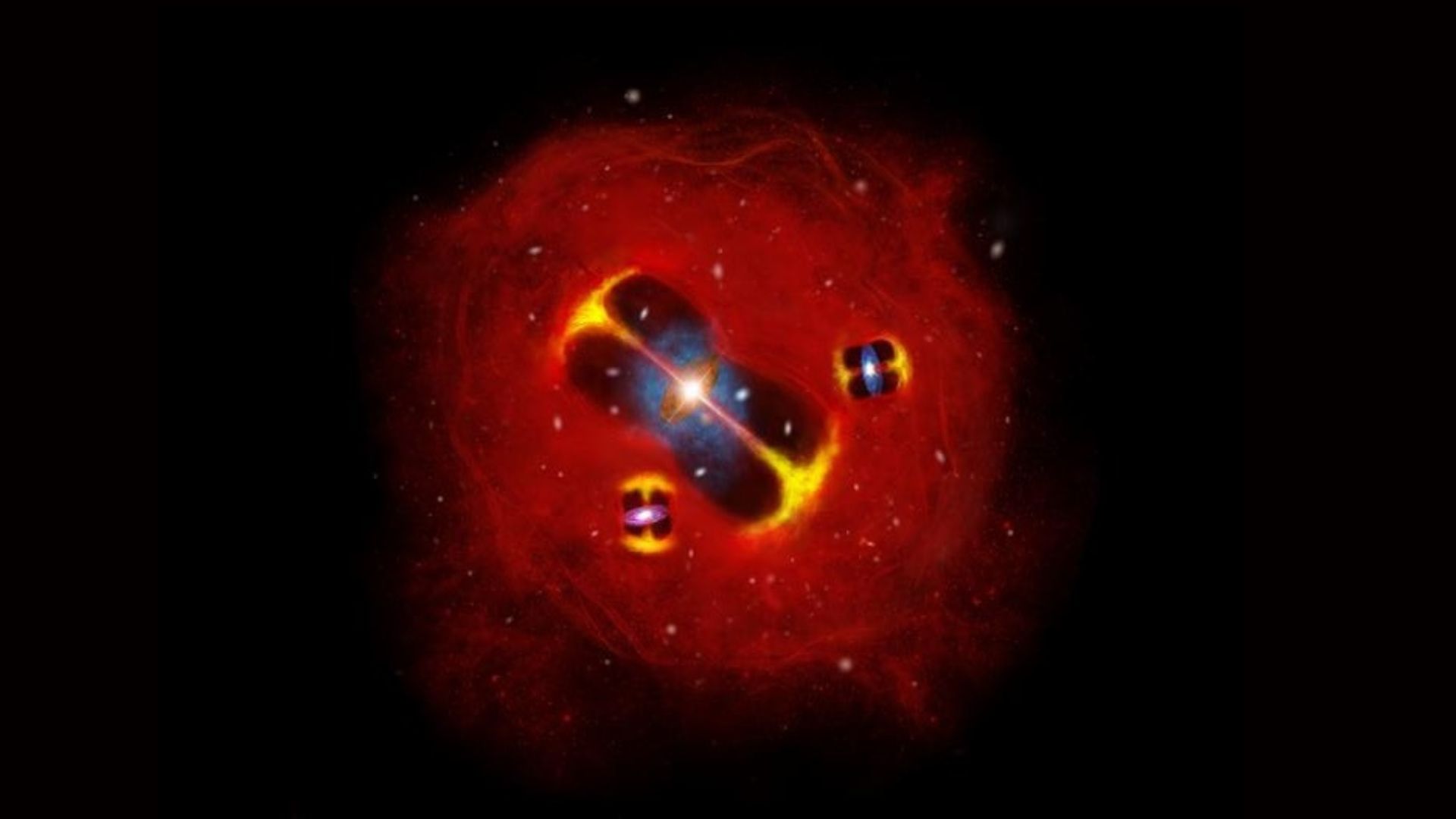Your Brain Contains Magnetic Particles, and Scientists Want to Know Why

This article was updated Aug. 9 at 3:30 pm E.T.
In a remote forest laboratory in Germany, free from the widespread pollution found in cities, scientists are studying slices of human brains.
The lab's isolated location, 50 miles (80 kilometers) from Munich, gives the researchers the opportunity to examine a bizarre quirk of the brain: the presence of magnetic particles deep within the organ's tissues.
Scientists have known since the 1990s that the human brain contains these particles, but researchers didn't know why. Some experts proposed that these particles served some biological purpose, while other researchers suggested that the magnets came from environmental pollution. [Inside the Brain: A Photo Journey Through Time]
Now, the German scientists have evidence for the former explanation. In a new, small study that included data on seven postmortem brains, researchers found that some parts of the brains were more magnetic than others. That is, these areas contained more magnetic particles. What's more, all seven brains in the study had very similar distributions of magnetic particles throughout, suggesting that the particles are not a result of environmental absorption but rather serve some biological function, the team wrote in the study, published July 27 in the journal Scientific Reports.
Joseph Kirschvink, a professor of geobiology at Caltech who was not part of the study, said that the new research is "a very important advance, as it rules out obvious sources of external contamination" from pollution. Contamination is always possible, "but would not be the same in multiple individuals," he told Live Science in an email.
In the study, the researchers looked at slices of brain from seven people who had died in the early 1990s at ages 54 to 87. In the remote forest lab, far from widespread sources of magnetic pollution including car exhaust and cigarette ashes, and shielded by leaves known to absorb magnetic particles, the scientists placed their slices under a device that measures magnetic forces.
Get the world’s most fascinating discoveries delivered straight to your inbox.
After taking a control reading, the researchers placed the brain slices next to very strong magnets to magnetize the samples and then took another reading. If the slice contained magnetic particles, those particles would then show up as a reading in the magnetometer.
(Don't worry about your brain particles magnetizing in day-to-day life, though: The kind of magnet used in the experiment is way stronger than anything you would come across in nature, said lead author Stuart Gilder, a professor of geophysics at the Ludwig-Maximilian University of Munich. The magnet in the study was 1 tesla strong, or 20,000 times stronger than the Earth's magnetic field, which is about 50 microteslas strong. An MRI, at 1 to 3 teslas strong, however, could magnetize the particles, Kirschvink said. But "to do damage you need to pull on those [particles] hard enough to break the cell membranes," Kirschvink said, and added that he is unaware of "any studies showing damage from the strong, static magnetic fields of an MRI.")
The scientists found that most parts of the brain could be magnetized; in other words, these areas all contained magnetic particles. But in all seven brains, the brain stem and the cerebellum had greater magnetism than the higher-up cerebral cortex. Both the brain stem and the cerebellum are in the lower back portions in the brain, and both are more evolutionarily ancient than the cerebral cortex.
It's still unclear why the particles appear in this pattern of concentrations, the scientists said. But because the researchers spotted the pattern in all of the brains examined, "it probably has, or had, some kind of biological significance," Gilder said.
For example, because these particles were more concentrated lower down in the brain and then tapered off higher up, they likely play a role in helping electrical signals travel from the spine up and into the brain, Gilder told Live Science. However, he stressed that the finding remains fully open to interpretation.
Furthermore, because the particles weren't found specifically at higher concentrations near the olfactory bulb — which is what would happen if the particles were absorbed from the environment — Gilder said he doesn't think the particles are the result of exposure to pollution. (Here, the idea is that the particles would be inhaled through the nose and then pass into the brain's olfactory bulb.)
The researchers hypothesized that the type of magnetic particle found in these brain regions is a compound called magnetite (Fe3O4), based on previous studies that found this particle in human brains. It's possible, however, that other kinds of magnetic particles exist in the brain besides magnetite, Gilder noted.
Many animals also have magnetic particles in their brains. Some past research has suggested that animals such as eels or sea turtles use these particles to help navigate. But Gilder said that only one group of creatures are definitely known to use particles of magnetite for orienting themselves in space: magnetotactic bacteria. These bacteria migrate along magnetic field lines of the Earth's magnetic field.
Humans, on the other hand, probably don't do that, Gilder said.
Editor's note: This article was updated on Aug. 9 to include information about the effects of MRIs on magnetic particles in the brain.
Originally published on Live Science.

Yasemin is a staff writer at Live Science, covering health, neuroscience and biology. Her work has appeared in Scientific American, Science and the San Jose Mercury News. She has a bachelor's degree in biomedical engineering from the University of Connecticut and a graduate certificate in science communication from the University of California, Santa Cruz.


